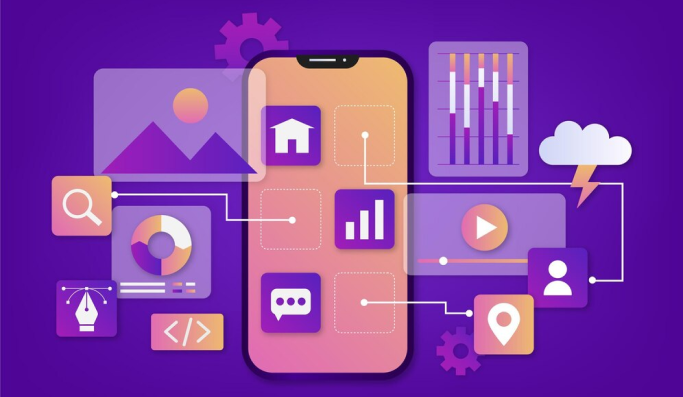

Mobile-first web design is a type of strategy that prioritizes mobile user experience over desktop computers and other devices. The mobile-first design strategy basically involves starting the product design process on small screen sizes and then gradually scaling up to large screen sizes.
Mobile-first design aims to create a website or app that provides the best possible user experience on any device, regardless of screen size and hardware capabilities. Focusing on the mobile experience first, web designers are able to provide a seamless user experience to those who are accessing sites through their mobile devices and other gadgets with smaller screens.

The mobile-first design was initially introduced in 2010 as a response to the growing trend of mobile internet usage. Eric Schmidt, the then-CEO of Google, introduced this concept to address the issue of websites primarily designed for desktops and then adjusted for mobile screens. With the rise of mobile-first design, developers have the opportunity to create websites and mobile apps that are specifically designed for mobile devices. This enables them to offer users an enhanced and accessible experience, optimised for their mobile devices.
Is mobile-first better than responsive web design?While both mobile-first design and responsive website design aim to provide a seamless user experience across different devices, their approach is different. The mobile-first design focuses on designing for mobile devices initially and then scaling up for larger screens.

Given the rising mobile usage trends and their significant impacts on user experience, engagement, and total online success, mobile-first design has become indispensable in today’s digital landscape. With a majority of internet users accessing the web via mobile devices, businesses must prioritize mobile-first design to stay competitive and relevant in the ever-evolving digital market.
Impressive User ExperienceMost companies today are designing their website with a mobile-first approach. Since most of the web traffic today is coming from mobile devices, it just makes sense to prioritise mobile-first design for mobile users. As a matter of fact, doing this also enables you to stay on top of the competition.
10 technology trends that will shape the world in 2024
The Impact Of Blockchain on the logistics industry
React vs React Native: Which One to Choose and Why?
Anthropic AI Leads Industry with Breakthrough Model